G.W. Pabst | 2hr 13min

Unlike so many of his fellow silent filmmakers, G.W. Pabst does not grant us the luxury of clear-cut character judgements in Pandora’s Box. With her black bob hair, slim dresses, and plunging necklines, it would be tempting to lump flapper girl Lulu in with other vamps of early cinema. Given Pabst’s sympathetic recognition of her social persecution though, it isn’t quite that simple. Neither does she fit into the archetype of virginal beauties typified by Lillian Gish, especially considering how much her sly manipulations of men come as second nature to her. The black-and-white morality of the courtroom cannot be so easily applied to her circumstances, even while the prosecution frames her as that infamous mythological figure whose irresponsibility corrupted the world.
“Your honor and gentlemen of the jury. The Greek gods created a woman… Pandora. She was beautiful and charming and versed in the art of flattery. But the gods also gave her a box containing all the evils of the world. The heedless woman opened the box, and all evil was loosed upon us. Counsel, you portray the accused as a persecuted innocent. I call her Pandora, for through her all evil was brought upon Dr. Schön!”
If Lulu is indeed a Pandora for the 1920s, singlehandedly ruining lives for the sake of her own fickle curiosity, then Pabst at least has the grace to consider the decadent world which equally shaped her. Like all the great German expressionists of his time, his aggressively stylised mise-en-scène is key to unlocking these influences across high and low ends of European society, stretching from its crowded theatres and ballrooms to its rundown wharfs and hovels. No doubt she has a hand in navigating the crowds of male suitors lining up to win her heart, but in this hypocritical culture which simultaneously celebrates and punishes such behaviour, how can one blame her alone for a lack of moral integrity?
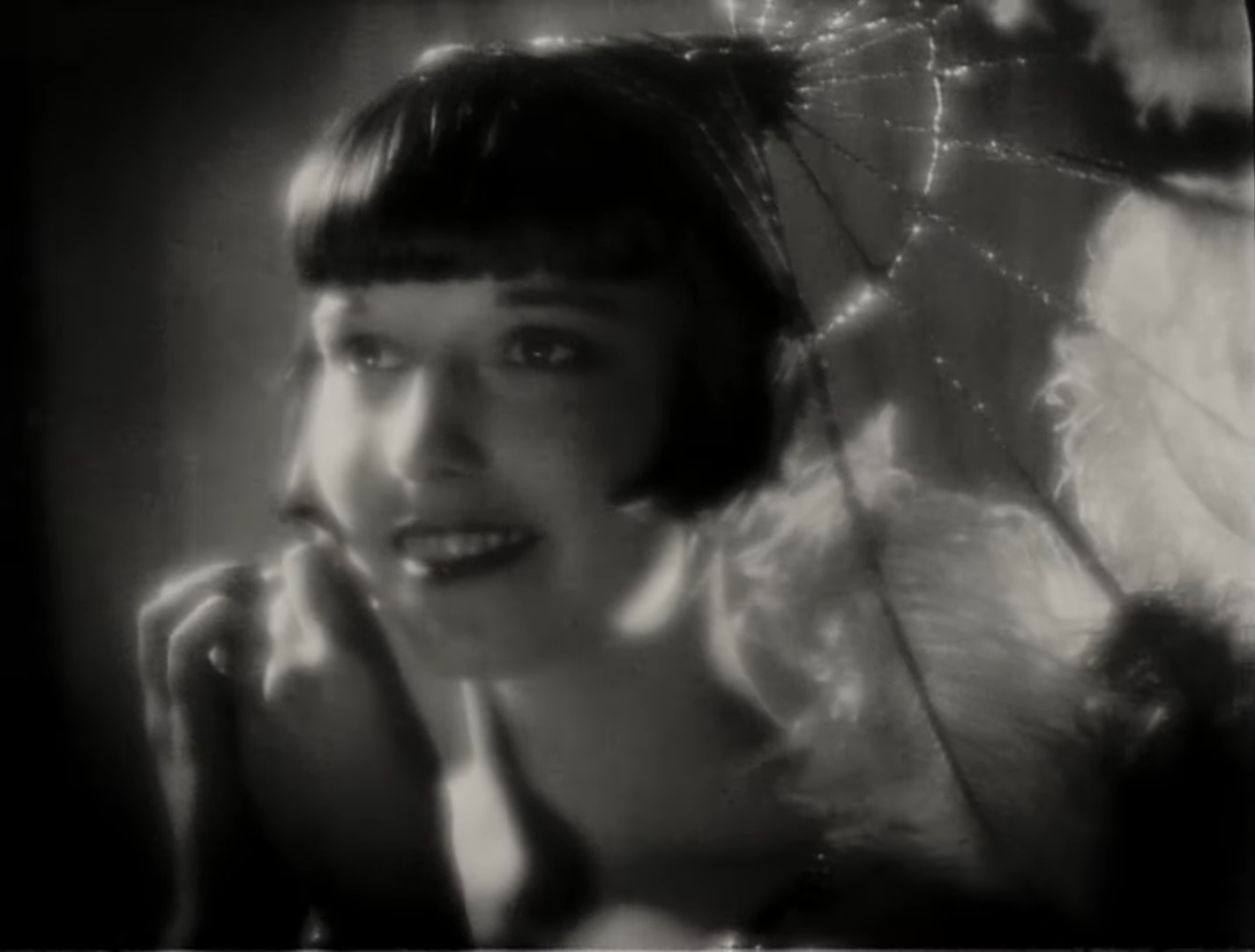
More than just an icon of 1920s fashion and excess, Louise Brooks becomes a truly luminous presence in Pandora’s Box, like a flame drawing curious moths to their scorching deaths. Through close-ups that rival those that D.W. Griffith was innovating a decade before, Pabst often catches the light in her twinkling eyes and traces her vivid facial expressions, which we observe in one scene shift from a brilliant smile to a petulant frown the moment she spots the fiancée of her old paramour, Schön, at her variety show. The cogs turn in her mind as she plots a sulky protest against going onstage, thus drawing their heated confrontation into a storage room where she lures him right back into her arms. With Schön’s lover barging in and discovering their embrace, the timing couldn’t be better for Lulu, whose face betrays a hint of a devilish smile. Driven to restore his honour, Schön changes tact. “Now I’ll marry Lulu,” he wearily resolves. “It will be the death of me.”

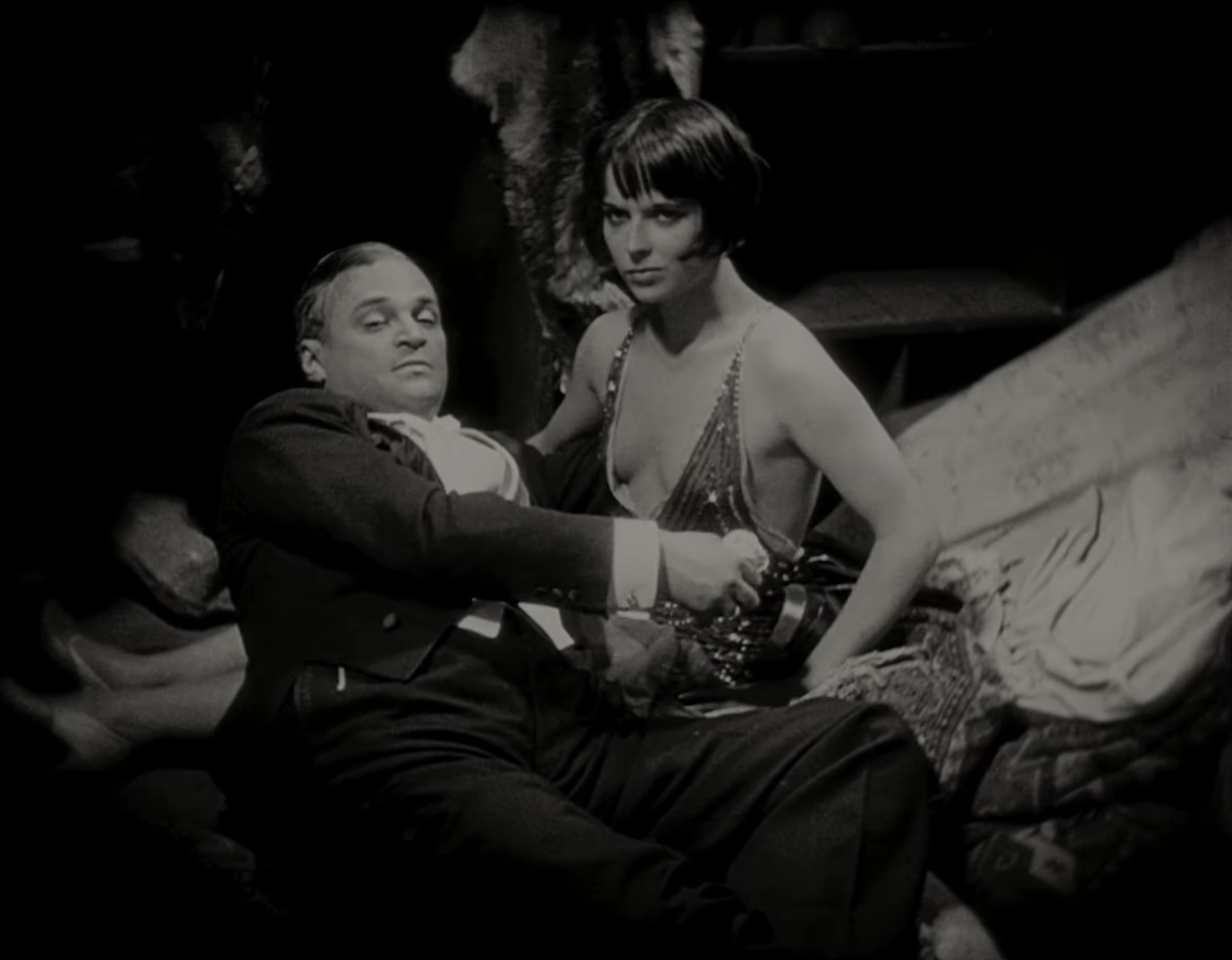
Much like Lulu’s playful cruelty, Pabst’s foreshadowing is not without an edge of humour to it, even as both lead us down paths towards dark, haunting tragedy. Her flouting of social norms draws eyes from across her wedding reception as she dances with another woman, Countess Augusta Geschwitz, who promptly falls in love with her, and in a back room she once again cavorts with old lovers. Behind them, Pabst hangs an unsettling wall sculpture of a contorted man grasping at the outreached hand of a much larger being, his eyes closed in either overwhelming terror or infatuation. When Schön barges in and furiously discovers his wife’s infidelity, it doesn’t just form a disturbing backdrop to his accidental murder at Lulu’s hands, but is fully integrated into his compositions as a mirror of her doomed romantic relationships.
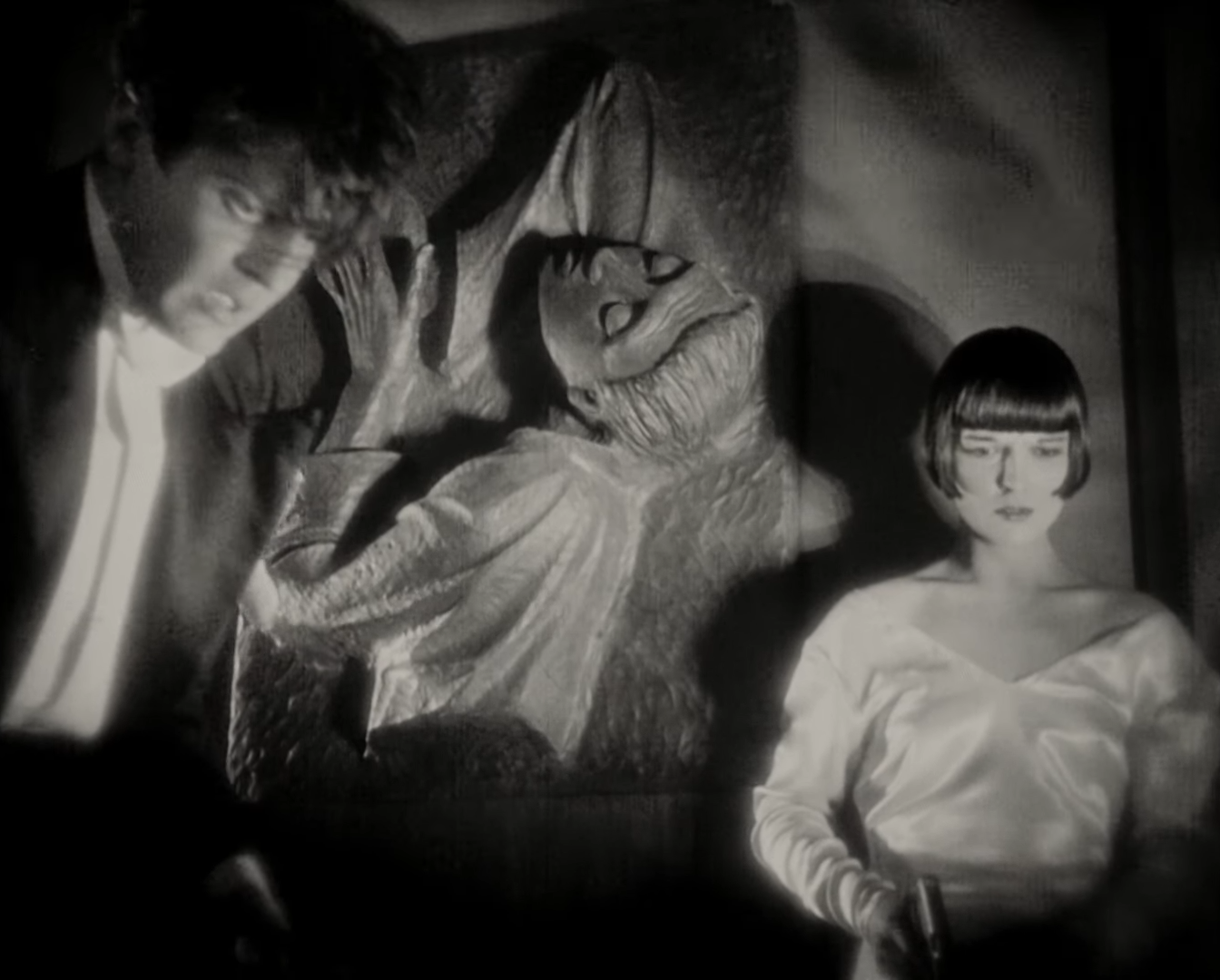
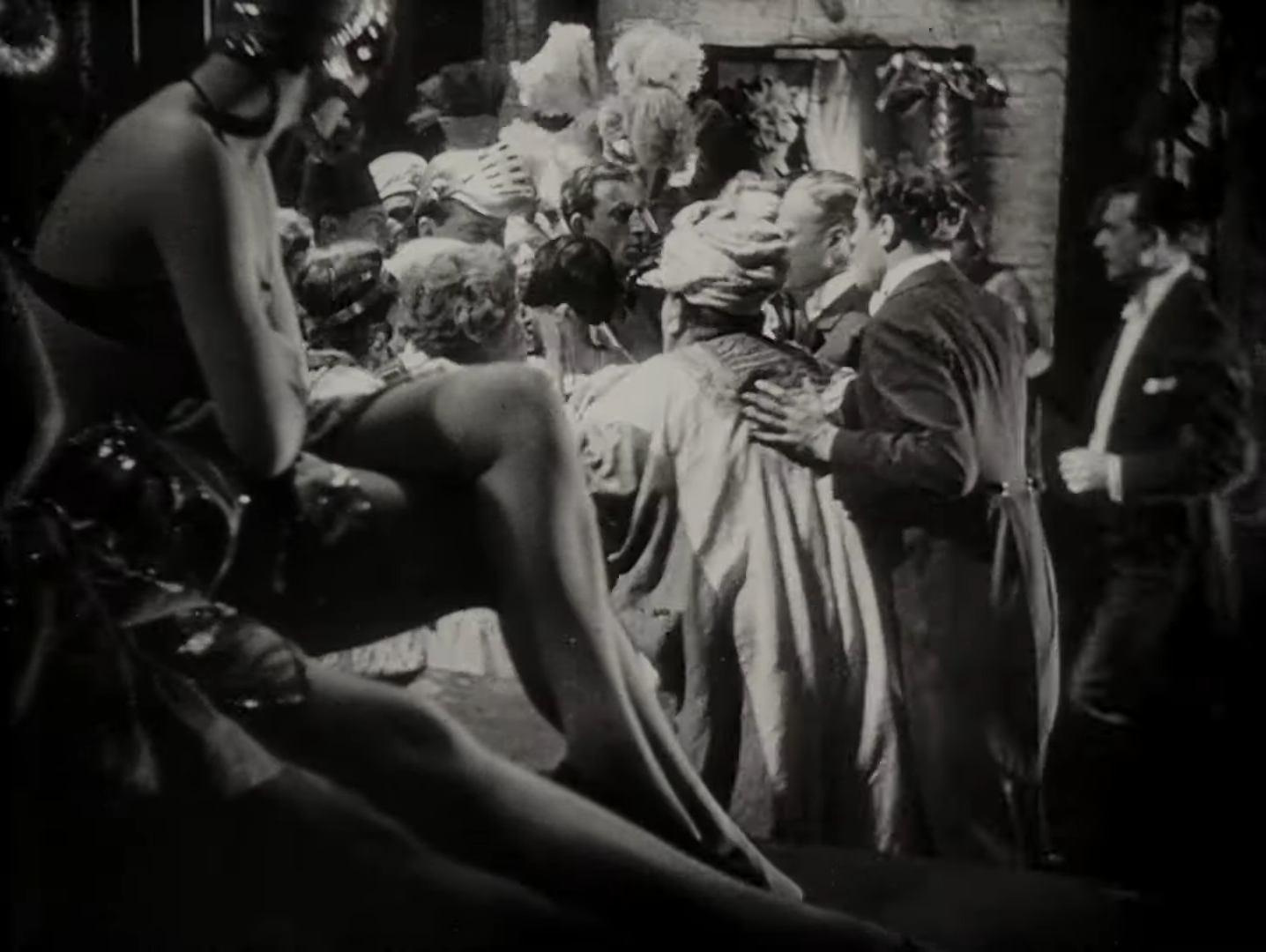
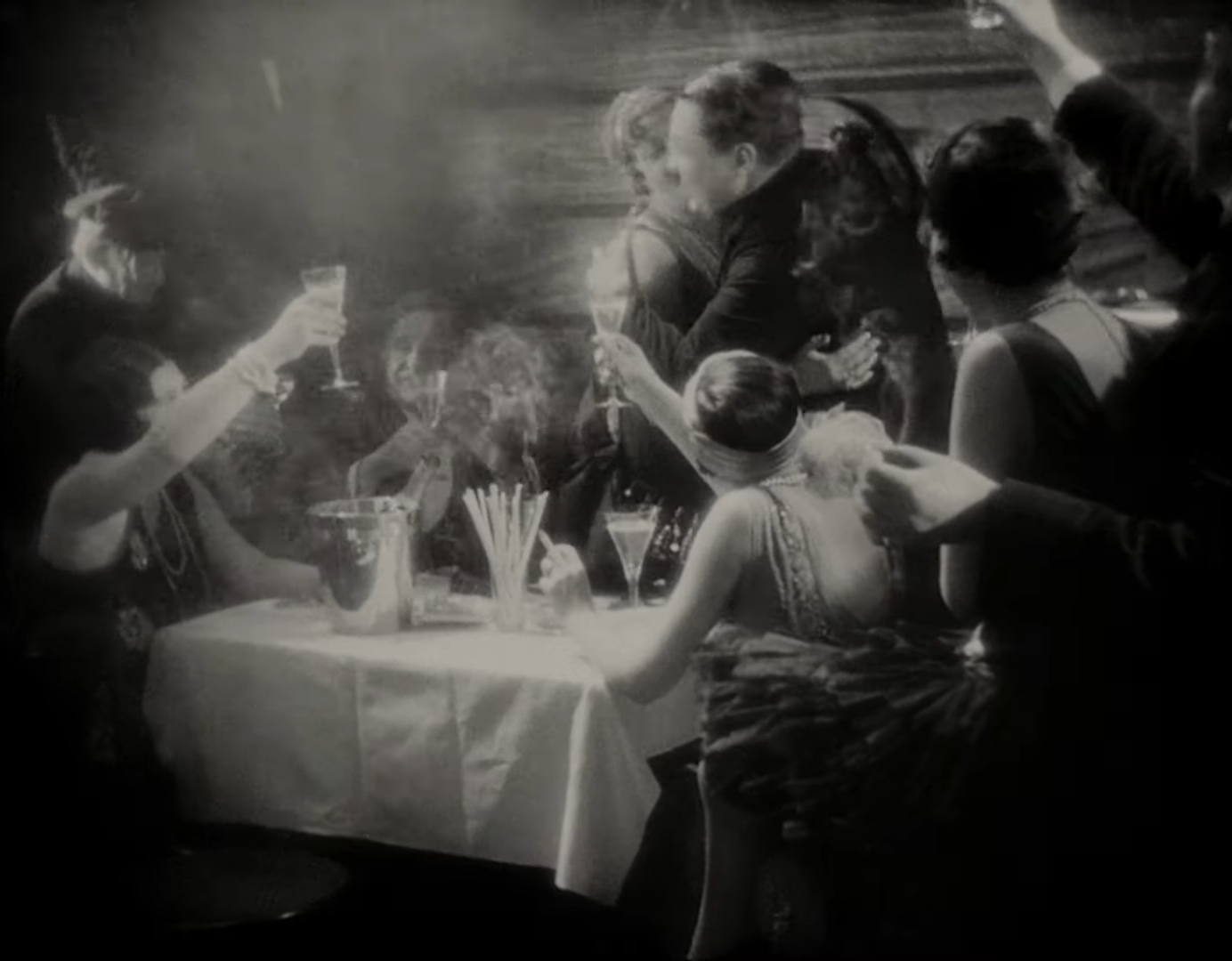
The expressionistic aesthetic that Pabst’s cinematographer Günther Krampf crafts may not touch his legendary work in Nosferatu, and yet it continues to accompany Lulu’s fall from grace with dark foreboding, sinking the camera through the decks of a gambling ship as she descends into a seedy underworld. Even in these cramped, grimy sets, Pabst is still crowding out his shots with frame obstructions intruding on Lulu’s personal space, drawing a thread of visual oppression between the aristocracy and peasantry. Their customs may be distinct, and yet the same patriarchy rules over both, exploiting their women for all they’re worth before throwing them away.
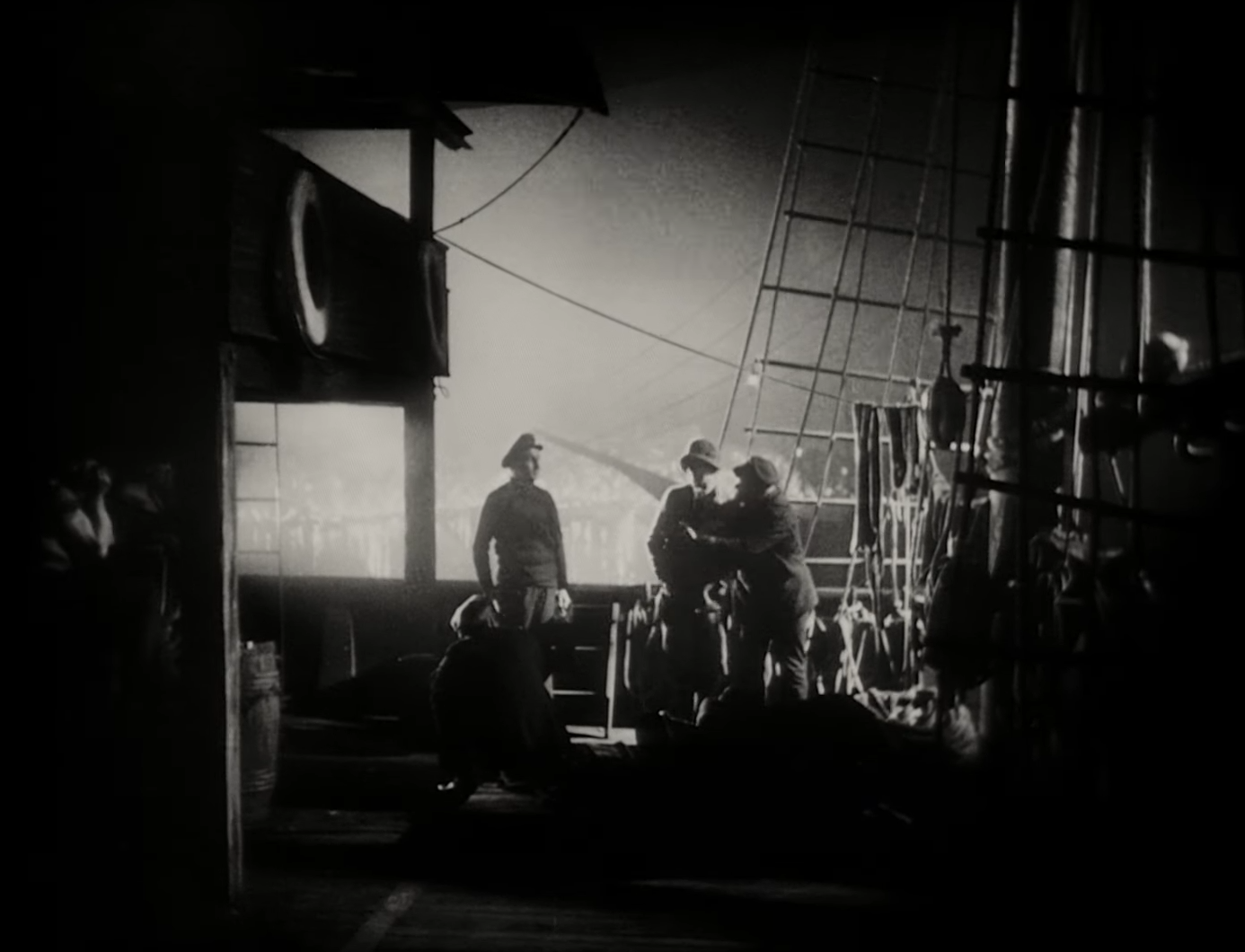
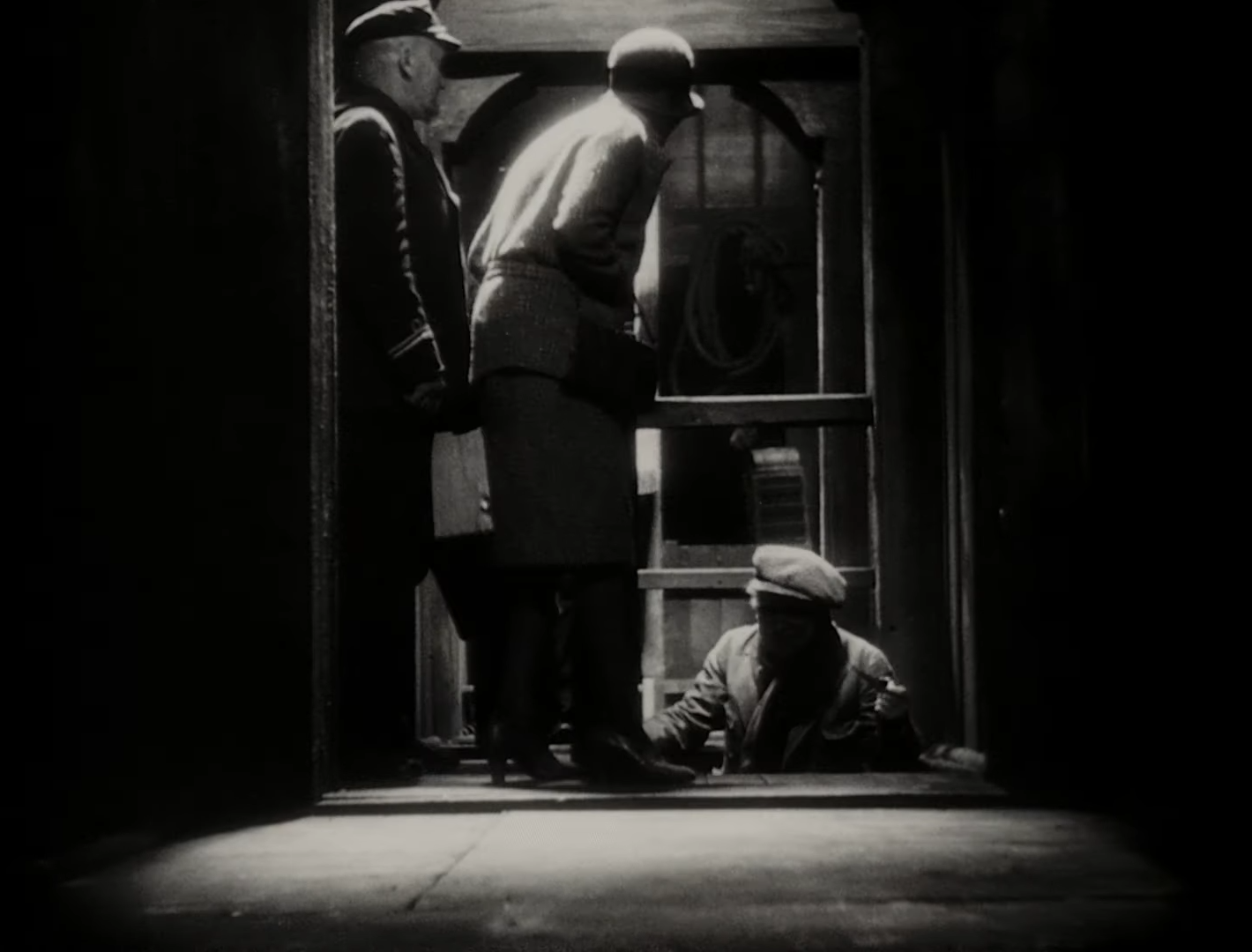

It is a dance of manipulation that Lulu must perform to survive in this world, using her innate charm to try and climb her way back up, but indulging too much in its whimsy is a dangerous game. Turned out by high society, and now being pimped out in a crime ring by a man she thought she could trust, she is forced to escape again another rung down the social ladder. In the cold, squalid pits of London, Pabst’s dark expressionism manifests powerfully in the heavy shadows and angular construction of its rundown hovels, tragically confining her to the life of a street prostitute.
Pabst imposes a cruel irony on her when he decides to pick her story up some time later at Christmas, keeping her out in the cold as she searches for customers while her few remaining male companions find a Dickensian warmth and comfort. Though she is no longer bound by the constraints of any rigid social structures, neither are the men who dwell in darkness and inflict their lawless misogynistic violence on hapless victims.
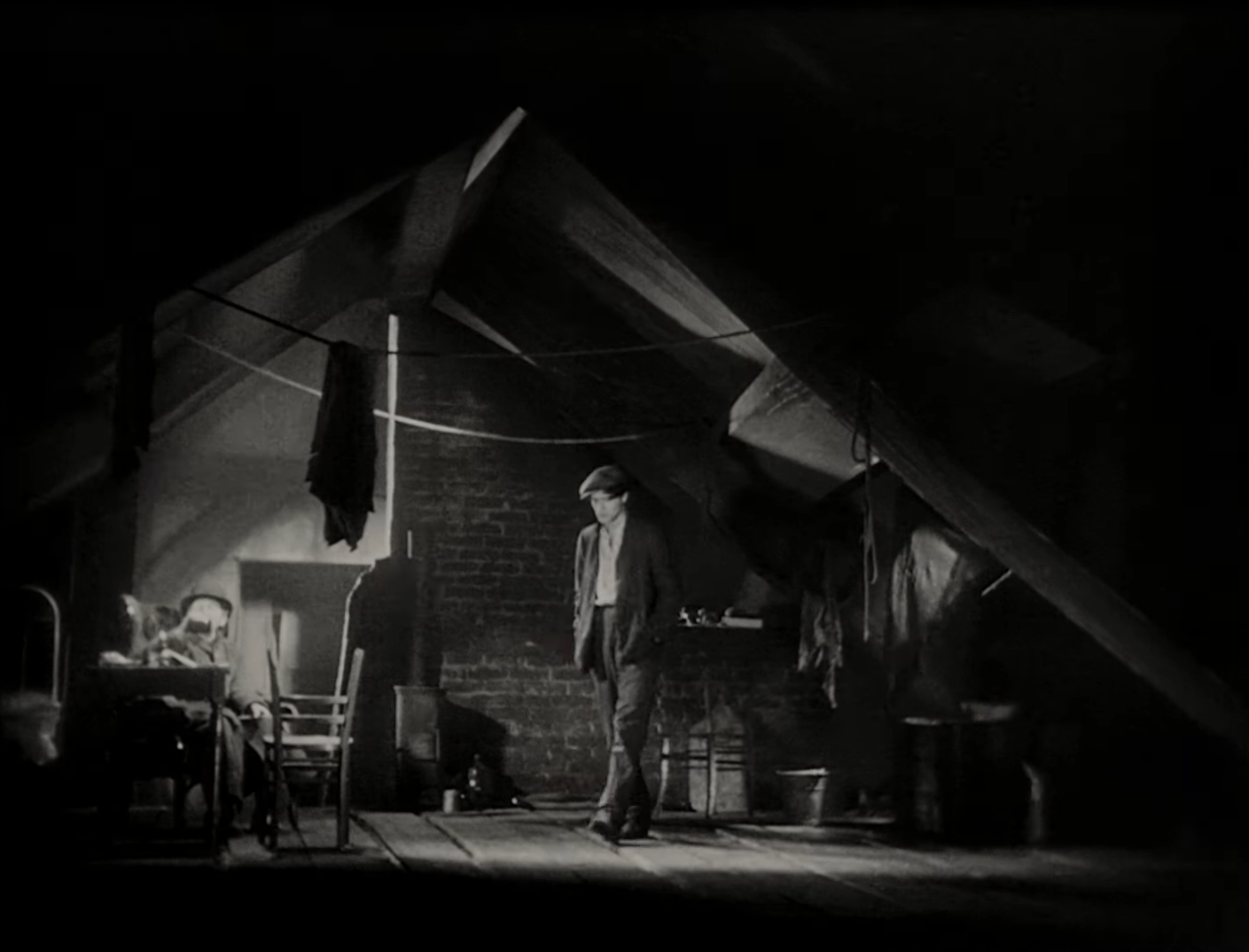
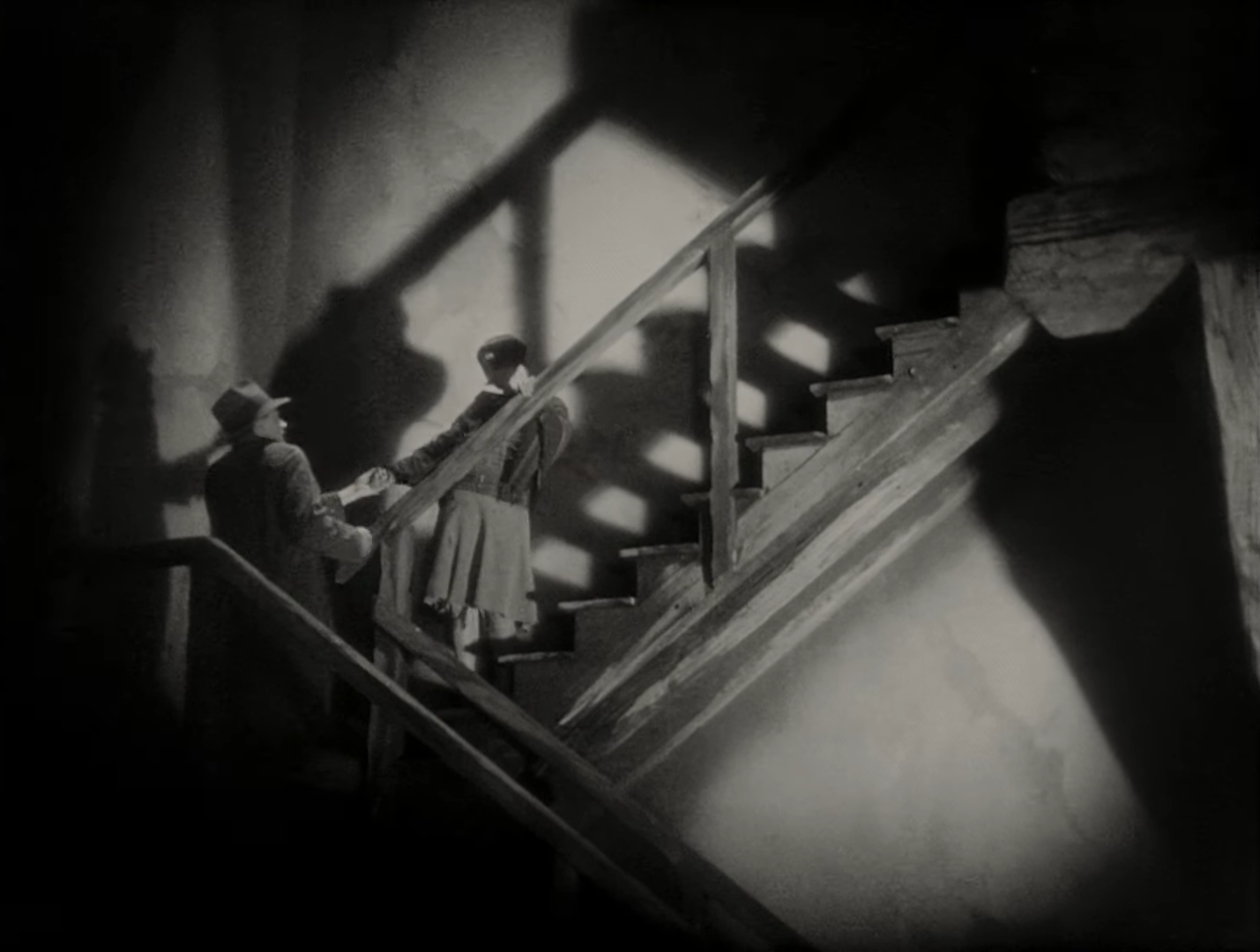
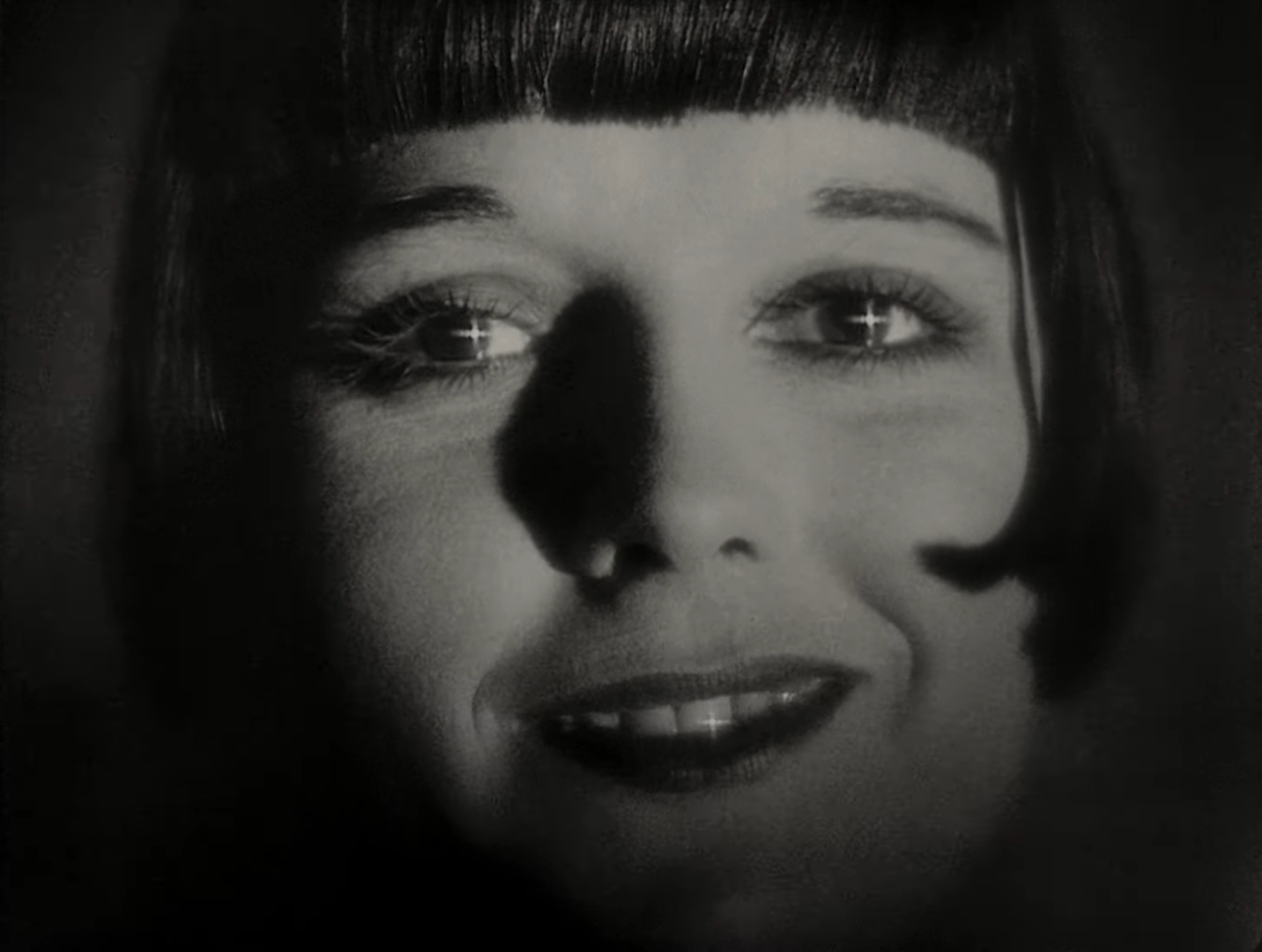
For a brief moment at the end of her life, it would appear that Lulu’s natural magnetism might be enough to appeal to the better side of the patriarchy and escape its danger one last time, though even this is not enough to quell the depraved madness of Jack the Ripper. Her coquettish charisma truly is a coin flip that in any given instance could either play to her advantage or ruin her, depending on the unpredictable temperament of her target. Though she plays fast and loose with this wily power all throughout Pandora’s Box, one could hardly blame her for the circumstances surrounding her untimely demise at the hands of London’s most famous serial killer – but then again, she wouldn’t be here in the first place were it not for her own selfish recklessness. In the delicate hands of Pabst, this fable of female scapegoating develops beguiling nuances in its thoughtful characterisations, unequivocally rejecting clear-cut labels of vamps and virgins baked into the history of mythological storytelling, yet never failing to draw us deeper into Brooks’ dazzling feminine thrall.
Pandora’s Box is currently streaming on The Criterion Channel.
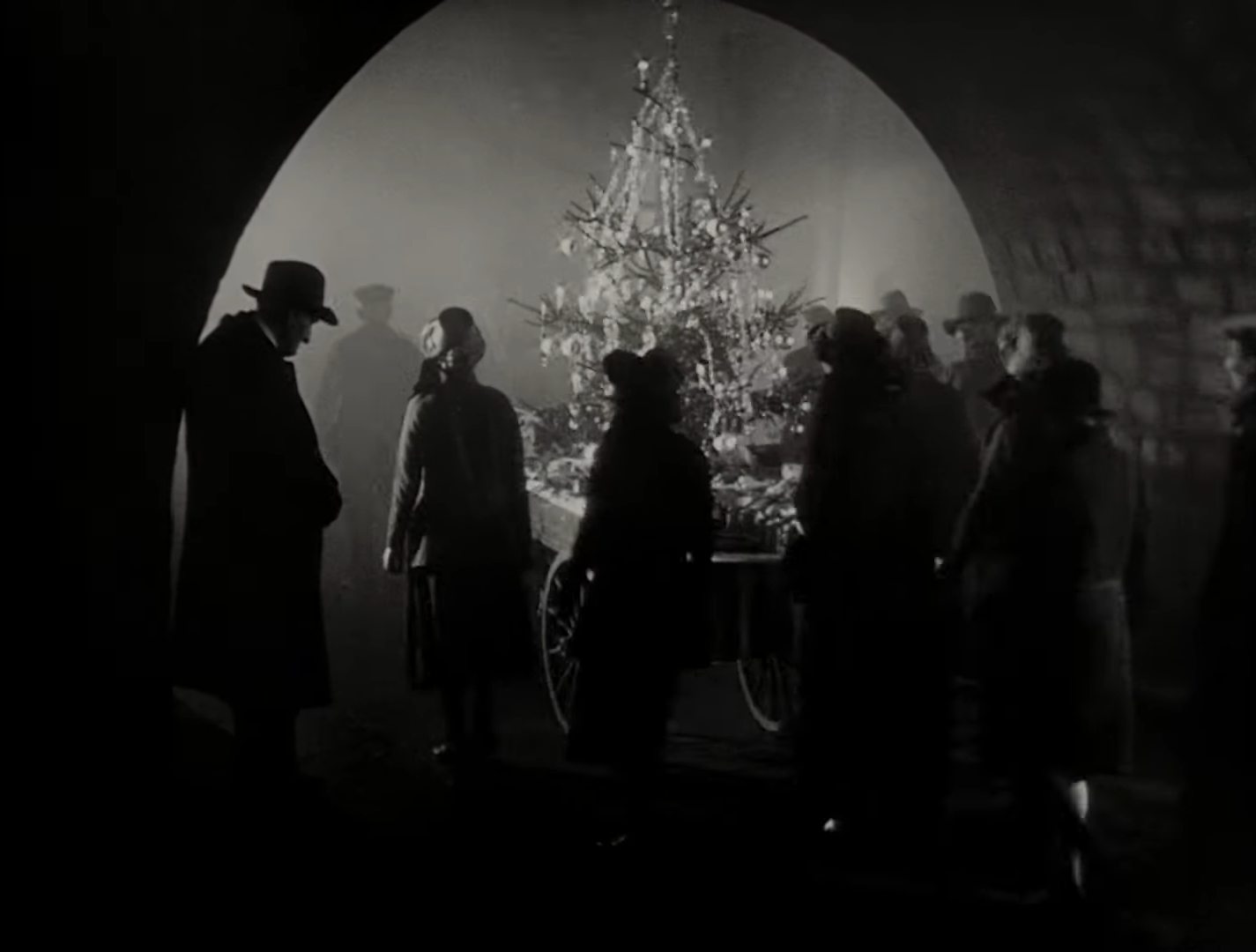

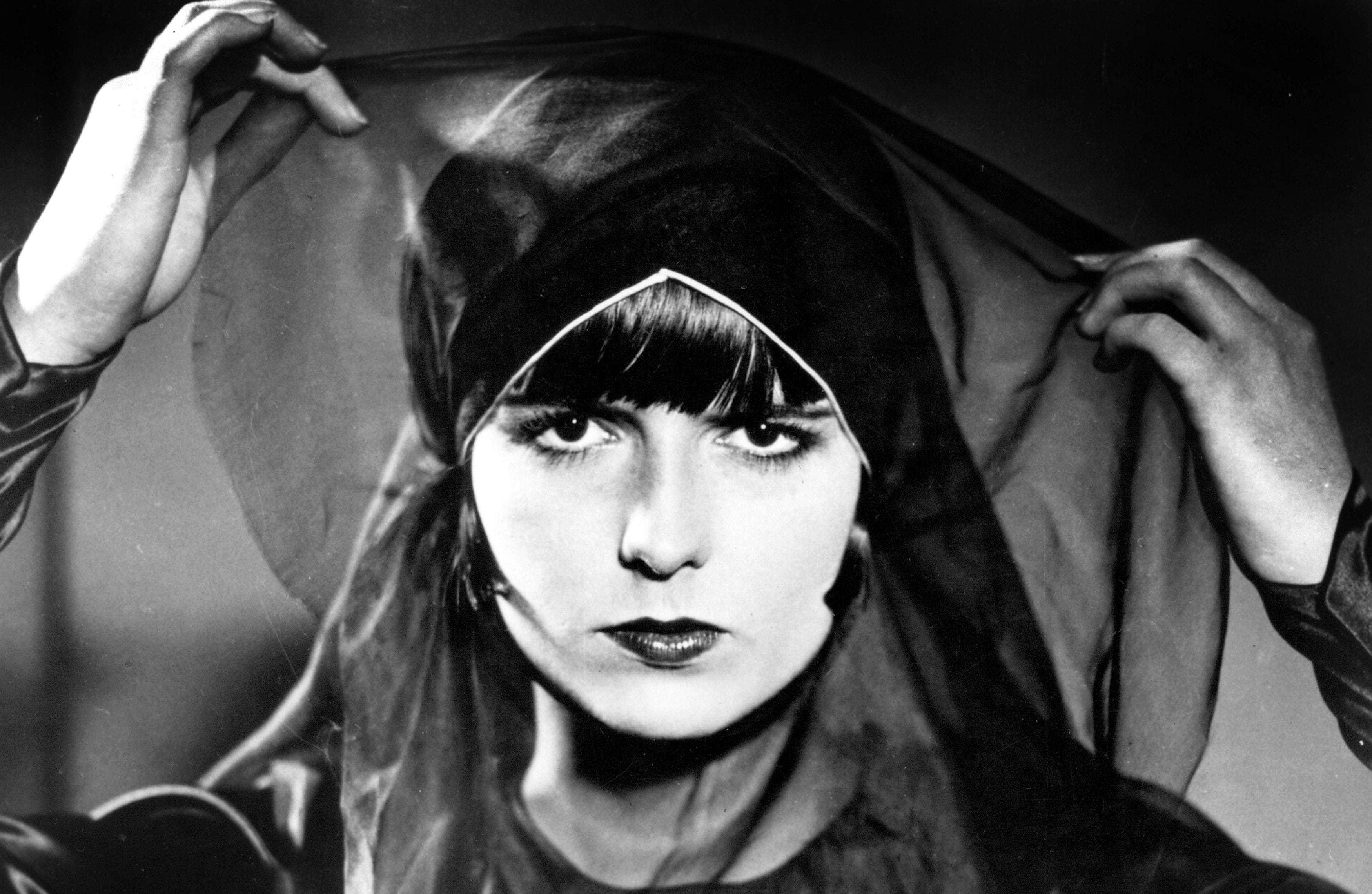
Pingback: The Best Films of the 1910s & 1920s Decades – Scene by Green
Pingback: The 100 Best Female Performances of All Time – Scene by Green